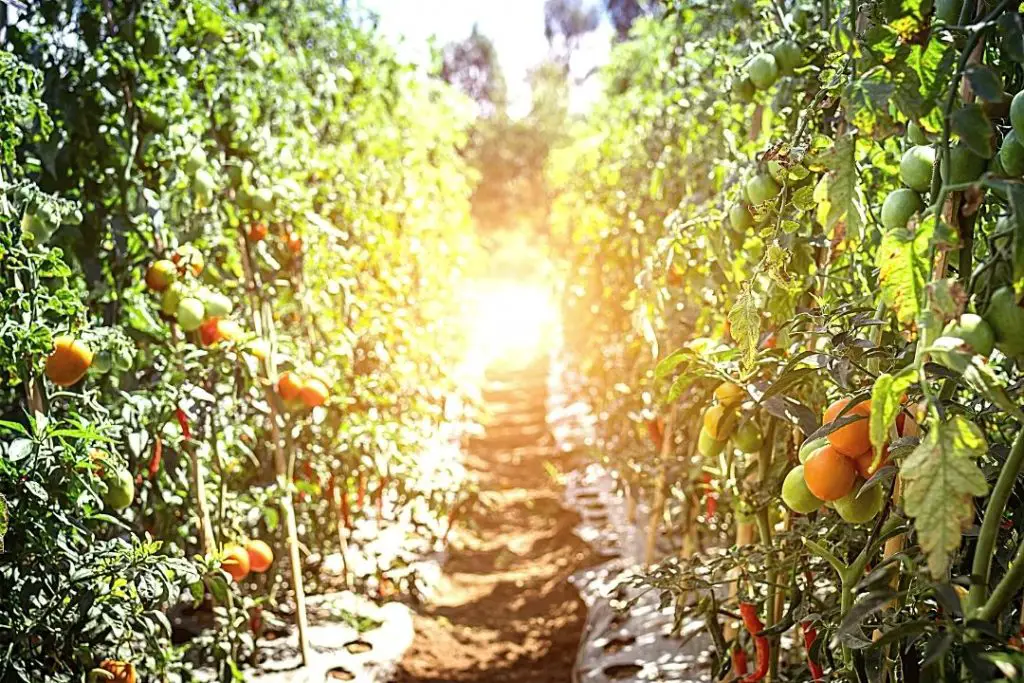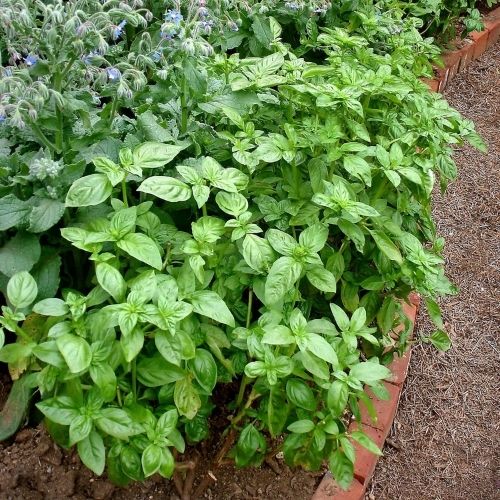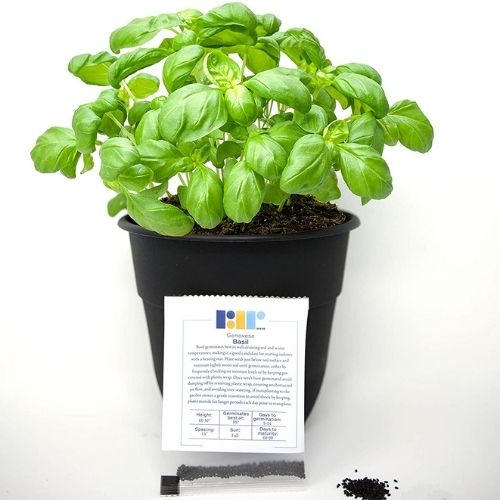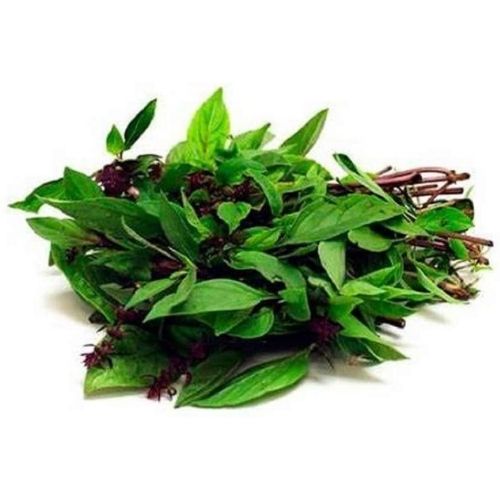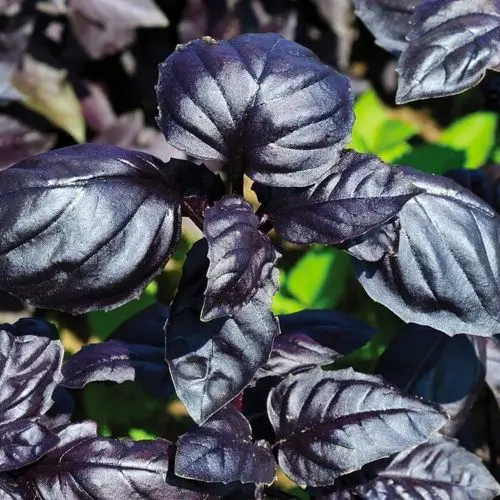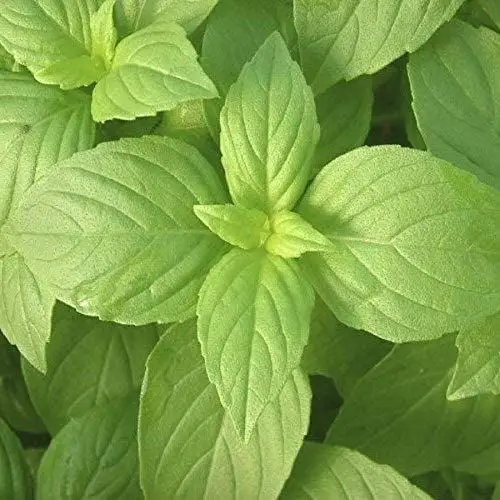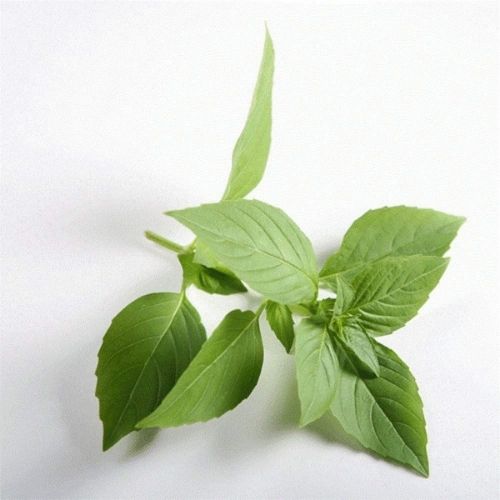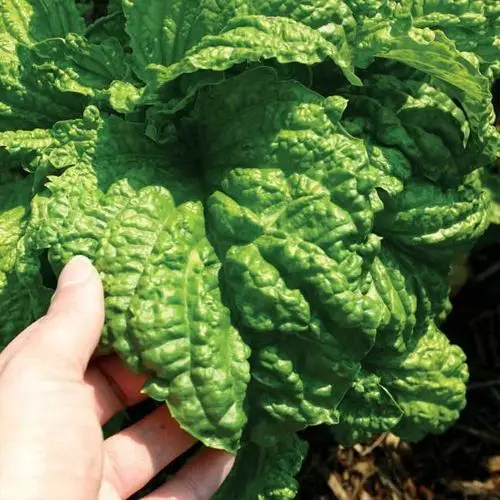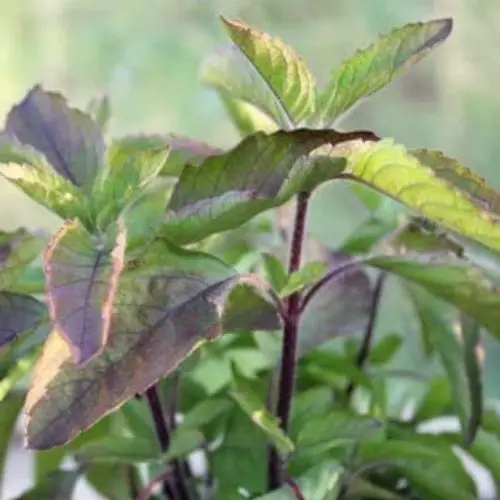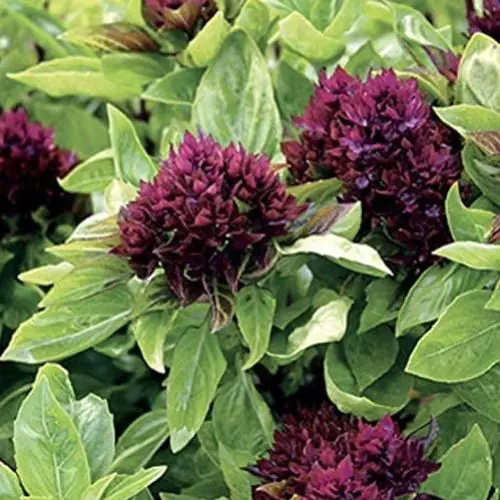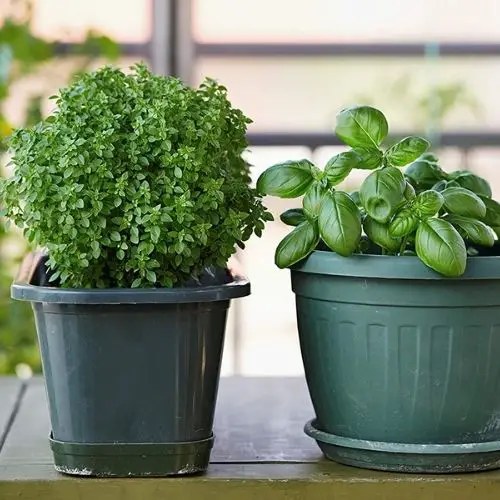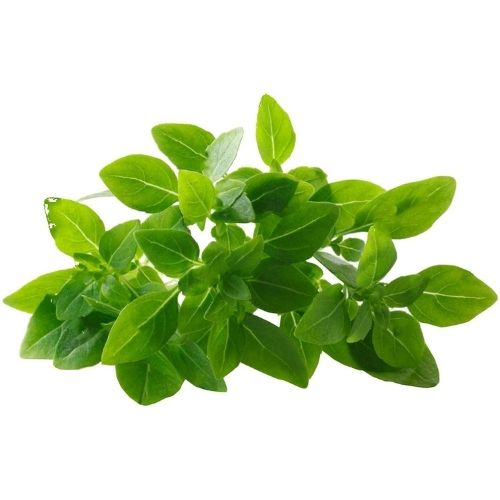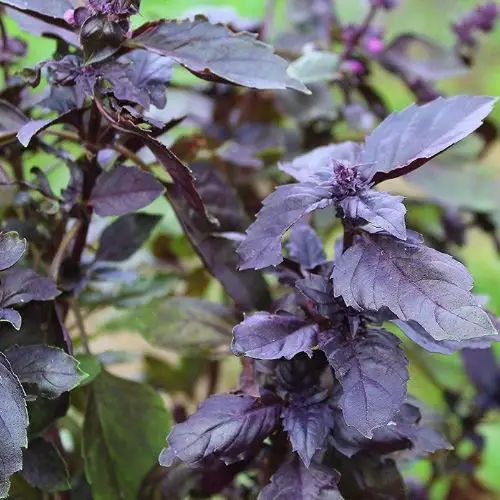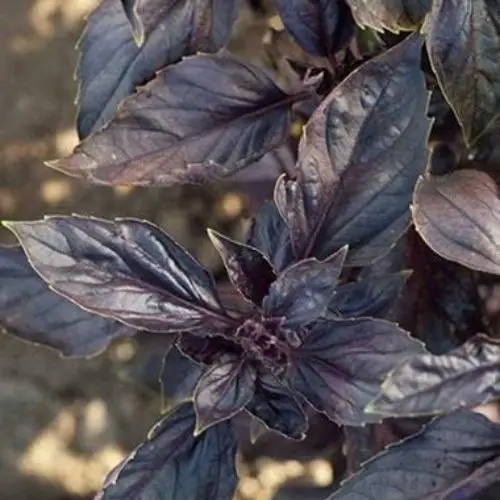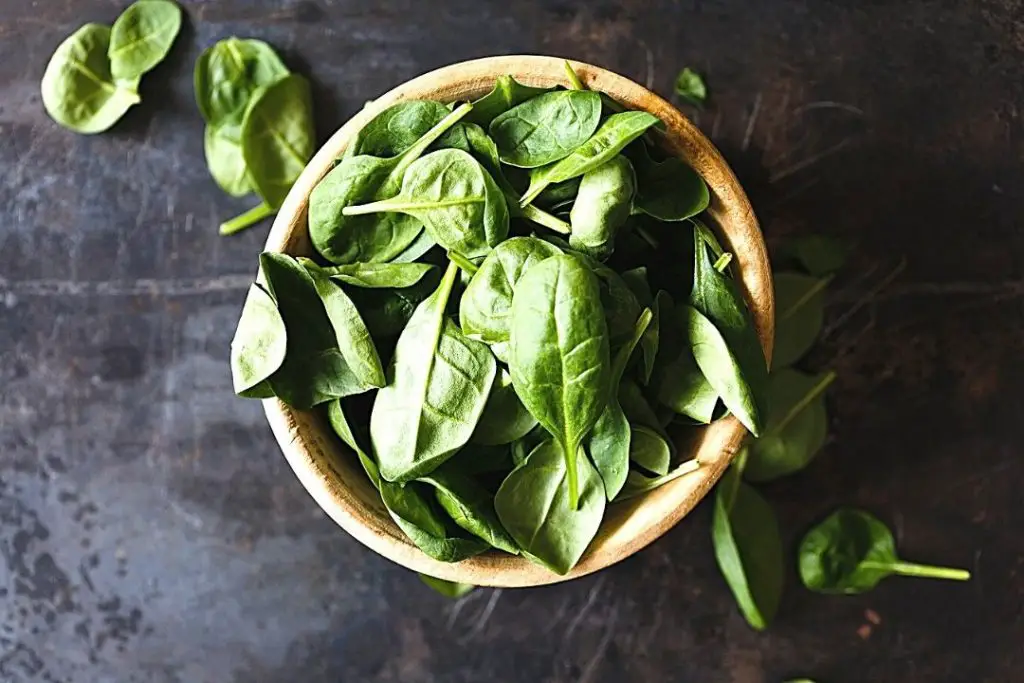White Spots on Tomato Leaves: Why and How To Treat It
First off, congratulations on the idea of growing your own tomato plant! But it sure does suck when you start noticing that your young tomato plant isn’t growing like the ones that are wallpaper-worthy, and one of the most common problems tomato plant owners face are white spots on tomato leaves. Why does this happen and how to treat them? If you’re probably feeling like this lengthy article isn’t going to answer your questions, well I beg to differ.
In short, I can tell you that with attentive care in the transplantations of young tomato seedlings, adequate watering, proper sunlight, shed and wind conditions, careful use of fertilizers and fungicides, your tomato plant would not stray very far from perfection!
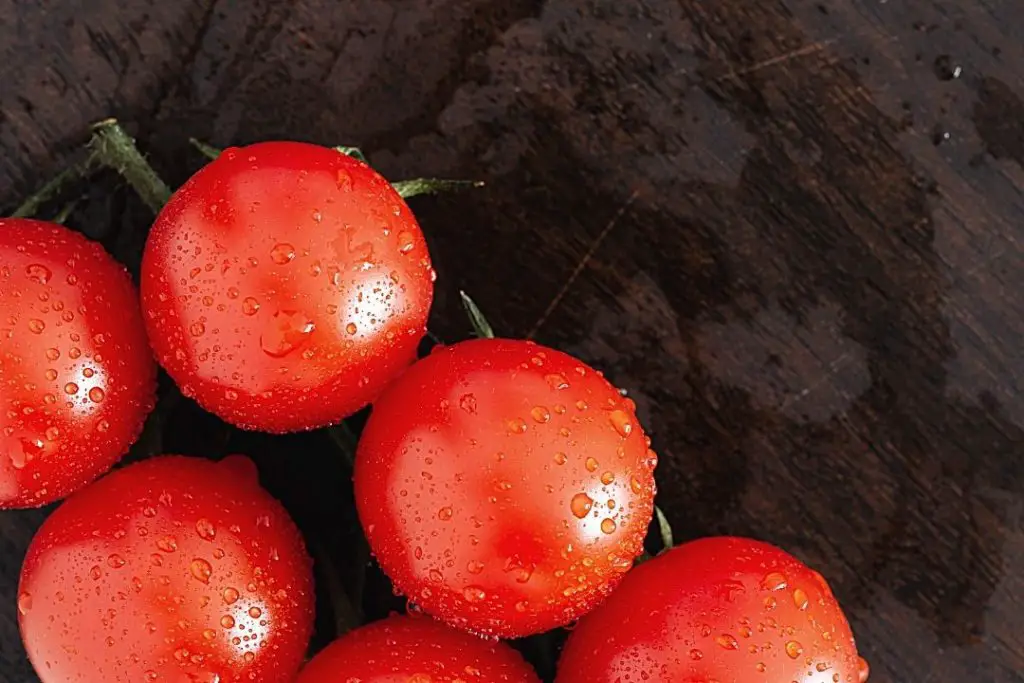
Did I get your attention now? If I did, you’re going to love what I’ve compiled for you here. Sure, tomatoes from the supermarket taste okay. But there is something more to the taste of a tomato grown in your very own backyard. Well, this is because mass-produced tomatoes are grown to last through longer shelf lives while maintaining firmness. Not to mention being coated with wax so that it appears on a perfect bright red hue.
Homegrown ones are in fact richer in flavor. Tomato plants (Scientific name: Solanum Lycopersicum) are sensitive to a variety of factors and more often than not, even too much cold or heat are among the many factors that play important roles in their growth. There are many reasons why tomato plant leaves turn white or why there are white spots on your tomato plant and in this article, they will be discussed thoroughly.
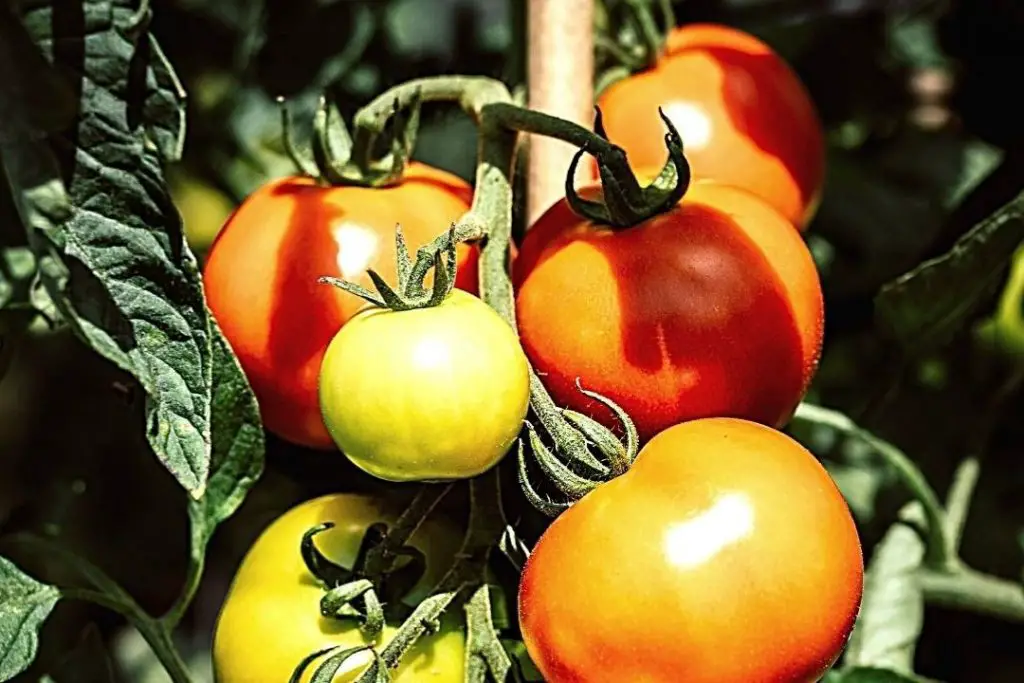
For starters, due to its long growing period, people tend to grow them indoors first and then transplant them outdoors when the soil is warm. During this transition, problems may occur due to its susceptibility to temperature and light conditions which causes vulnerability to the occurrence of tomato leaves turning white, which can appear at first as small white spots.
Although not always fatal, these conditions may lead to the death of the plant or reduce the quantity and quality of your yield which also affects the taste of the tomatoes as well. However, the good news is steps can be taken so that these cons are somewhat reversed, if not prevented.
Without further ado, let’s get into what you should do to treat or prevent those white spots on tomato plant leaves.
Reason and Causes For White Spots on Tomato Leaves
Sudden change in conditions during transplant
During the initial period of growing tomato plants, people are encouraged to grow the young tomato seedlings indoors for extra care and protection from unpredictable climate conditions. It is recommended that the seedlings be transplanted only when they grow to about 3 inches tall and when temperatures are at an average of 50 to 60 degrees Fahrenheit. However, a common mistake that many tomato plant carers make at this stage is that they shift the young seedlings outside right away without any period of adjustment.
Transplanting young tomato seedlings from indoors to outdoors is almost like guiding a baby that crawls to start walking – it requires a great deal of time, patience, and supervision. Without a gradual transition, the young tomato seedlings would experience a form of shock due to their vulnerability to extreme heat, light, and surrounding conditions. And this could cause the plant to experience sun scalding. This would appear as a white border around the leaf of the tomato plant which would soon cause damage to the entire foliage. Mature tomato plants that experience sun scalding would result in blistered tomatoes.
High humidity levels
Tomato plants require adequate humidity to survive and grow. Too little or too much of it would not be good for the development of seedlings into mature, healthy plants. With a lack of proper sunlight and in conditions with high humidity levels exceeding 70%, this may be the perfect ground for infections to breed, especially fungal ones.
One of the very common infections that happen due to these factors, is powdery mildew. An occurrence that causes the fruit of the plant to be damaged and covered in a white, powdery texture which also contributes to white spots on tomato plants.
Overwatering
An extension of what was mentioned previously, we know that too much humidity means that there is a higher than average amount of water in the air. Likewise, too much water by itself is harmful to the plant as well. A tomato plant should be watered at a controlled, sufficient amount and when overwatering happens, the high concentration of water in the soil could stimulate fungal spores.
This would then be a leading cause for many fungal infections, not limited to powdery mildew, but also root rot, Alternaria, and Septoria leaf spots where dark borders are formed around the white spots on the leaves.
Extreme wind conditions
Extreme wind conditions do not cause tomato plant leaves to turn white per se, but they certainly are reasons why it may accelerate the spread of infections from one part of the tomato plant to other parts of it. Hence, if you do notice a part of your tomato plant that has white spots due to infections, you would have to first handle it through the various means of treatment that I will be discussing in the latter part of this article. But in these conditions, wind can exacerbate the symptoms of diseases and therefore these affected parts should be dealt with immediately.
Nutrient deficiency
Plants are almost like us. Living things that require sufficient nutrients to grow and develop well. With that said, nutrient deficiency is an actual matter to pay close attention to when caring for young seedlings and also as they grow to mature plants. Lack of specific nutrients can also be the reason why tomato plants turn white.
For example, the lack of nutrients such as nitrogen and phosphorus may cause white spots on tomato plants, sometimes yellow spots as well. Low levels of calcium and magnesium may also cause a similar whitening effect on tomato plant leaves. In this case, one way to distinguish between the two scenarios is that with the lack of nutrients such as calcium or magnesium, the leaves of the tomato plant may turn white while still maintaining a green hue on the veins of the leaf.
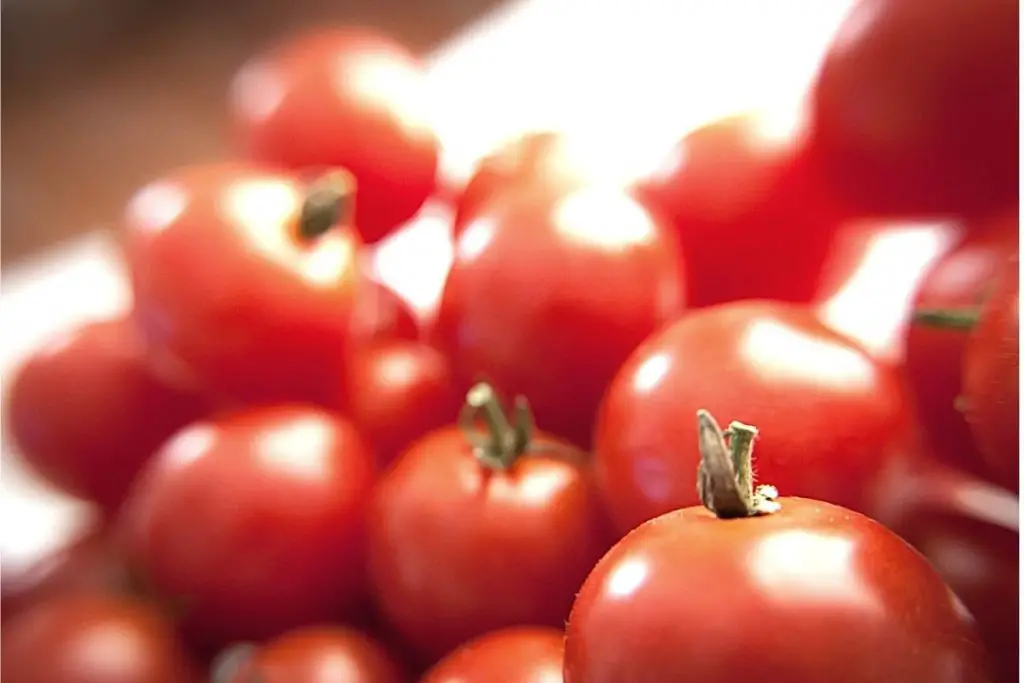
How to Treat White Spots on Tomato Leaves
Soil
Unlike several types of plants which would require you to invest in specific kinds of soils, tomatoes aren’t picky and they do thrive in typical organic composts or animal manures. Be sure to keep the soil up to about 5 inches tall in your pot before planting your tomato plant and be wary of the seedlings which already exhibit white spots. Remember to only transplant seedlings that are healthy. It is better to prevent than to repair.
Light
Provide your tomato plant with up to 8 hours of direct sunlight with a minimum of 6 hours. To avoid overexposure to sunlight and potential damage caused by it, you might want to provide it with a proper shade after that window.
Watering
Your plant would require adequate water. Not too much nor too little. Transplants should only be watered deeply for the first 3 days. After that period, it then depends on the climate of your location and should be watered deeply only once a week, followed by once a fortnight. This promotes better deep root development and also deters fungal spores from being stimulated from too damp conditions.
Temperature
If you are a hobbyist gardener who is quite passionate about the art of growing plants and caring for them (If you searched for this article, you probably are), you already know that agriculture requires investment in terms of money, sweat, time et cetera. A good investment that could set you up for success would be the purchase of a soil thermometer.
Anecdotal advice passed on from several home gardeners would be to just place a finger in the soil to gauge the temperature, and of course, you can do this. However, if you do wish to be precise, you can’t go wrong with a soil thermometer. Key temperatures to note, tomato plants would not survive under temperatures of 35 degrees Fahrenheit, and will not grow optimally in temperatures under 50 degrees Fahrenheit.
Ideally, you will want to aim to grow your plant in the range of 55-85 degrees Fahrenheit. On a side note, certain types of tomatoes do in fact thrive in different temperatures.
Humidity
Situations with high levels of humidity could also mean that the surrounding conditions are cool or damp. This may contribute to the stimulation of fungal spores which could lead to a common occurrence known as late blight. Late blight can be fatal to your tomato plant but early signs do appear as white or brown spots on the leaves.
Pruning off the leaves can be the first step to counter the spread. Or you could avoid this entirely by keeping the plant at a location where the humidity levels are controlled.
Fertilizer
Fertilizers catering specifically to tomato plantations and their nutrient deficiency can help supplement the plant with specific nutrients for it to grow healthily. Again, one important note to keep in mind here is that moderation is key. Too much fertilizer can also cause issues for your tomato plant.
Pruning
Pruning is the term used to describe the process of cutting away parts of a plant to encourage growth. In this case, pruning away your tomato plant isn’t only to promote growth but also as a treatment against powdery mildew or other fungal diseases. This is done by pruning away the leaves with white spots to avoid the spreading of fungal infections to the other parts of the plant.
Poor air circulation also contributes to fungal diseases hence, pruning may help in preventing future powdery mildew infections. Since fungal infections can spread quite easily, it is essential to sanitize the tools that you use to prune to prevent the spread.
Moderation is key to pruning.
In cases involving tomato plants with multiple infected leaves, keep in mind that pruning off too many of them may lead to severe damage to the plant itself. A situation like this would call for some fungicide to treat the remaining leaves which aren’t too badly infected to ensure a moderate and safe amount of pruning. Apart from powdery mildew, tomato plant leaves turning white can also happen due to another fungal infection known as the Sequoia leaf spot.
If this is the case, you can expect your tomato plant leaves to have white or grey spots with darker edges on the upper part of the plant. Removing the affected parts of the tomato plant is advised.
Propagation and Growth
Propagating a tomato plant is a quite simple procedure. All you need is a cutting from a tomato plant, a jar filled with clean water, and a place for it to grow with adequate sunlight. Farmers recommend cutting a specific part of a tomato plant for propagation.
If you are looking into propagating your plant, look out for the main stem of the plant, and notice the stems that branch out from the main stem.
These are known as side shoots or suckers. Aim to cut these side shoots about 5 inches tall. Then, fill a jar with water at room temperature and set in the cutting you just made. Be sure to remove the leaves at the bottom of the cutting, leaving the top ones.
If everything is done right, you should expect to see new roots emerging in about 2 weeks. From this point, all rules of transplanting discussed in this article should follow.
Repotting
After some time, young tomato seedlings would need to be transplanted outdoors and require repotting. During this time, it is crucial to observe the growth and development of the young seedlings. If some of the tomato plant seedlings exhibit white spots, be sure to only re-pot the ones without the spots to prevent the possibility of spreading an infection to other parts of the plants.
Prevention of White Spots on Tomato Leaves
Gradual transitioning during repotting
When your tomato seedling reaches its point of growth as mentioned before, you will have to re-pot it so that it grows outdoors. This period of transplantation, also known as hardening off is important and would require proper care and attention.
When moving the seedlings from indoors to outdoors, let them sit around under a shade for a few days, or move them only on cloudy days to avoid hard-hitting direct sunlight to prevent heat or light extremes. Gradually move them outdoors on sunny days for a few hours each day for a period of 1 up to 2 weeks.
Installing windbreaks/relocation
Hot/dry winds can damage the seedlings or a mature plant as well. In cases of fungal infections, wind can spread the infections from one leaf to another, sometimes to the entire foliage itself. During transplantation, you can place a windshield to protect the young plant from harsh winds or relocate them to a place where the wind conditions are controlled. On a plus side, this also improves air circulation which in turn encourages the growth of the tomato plant.
Fungicides
When your plant is affected by fungal infections, consider purchasing a fungicide as early use of it can treat white spots on tomato plant leaves. As alternatives to fungicide, one may also use Neem oil, milk spray, and a homemade sodium bicarbonate spray to repair the white spots on tomato leaves.
These items can be purchased commercially or you can also D-I-Y at home. Neem oil functions as an organic fungicide but may also be used to prevent other forms of pest attacks.
White Spots on Tomato Leaves Frequently Asked Questions
How do you treat white spots on tomato plants?
You could treat (or aim to prevent) white spots on tomato plant leaves with pruning, gradual transitions during transplantations, fungicides, proper watering schedule, adequate sunlight (for mature plants), and proper shelter from direct sunlight and harsh winds (for seedlings).
How do you treat tomato leaf spots?
Regular upkeep through pruning, adequate use of fertilizers, and targeted use of fungicides on affected tomato leaves could treat the spots.
What are the white spots on leaves?
White spots on leaves could mean several things. Common factors would be fungal infections and sun scalding.
Conclusion
Hats off to the passionate tomato plant grower who made it to the end of this write-up! By now, you’d know that there are clear and concrete steps one can take to ensure a healthy, well-grown tomato plant from a young seedling to a mature plant.
However, in case you know another fellow tomato enthusiast who is struggling with white spots on his or her tomato leaves, share this will you? I mean, all you got to do is what again? Say it with me this time –
1. Attentive care in the transplantations of young seedlings.
2. Adequate watering
3. Proper sunlight, shed and wind conditions,
4. Careful use of fertilizers and fungicides
And then the mantra follows: Your tomato plant would not stray far from perfection!
Here’s a tomato for luck!
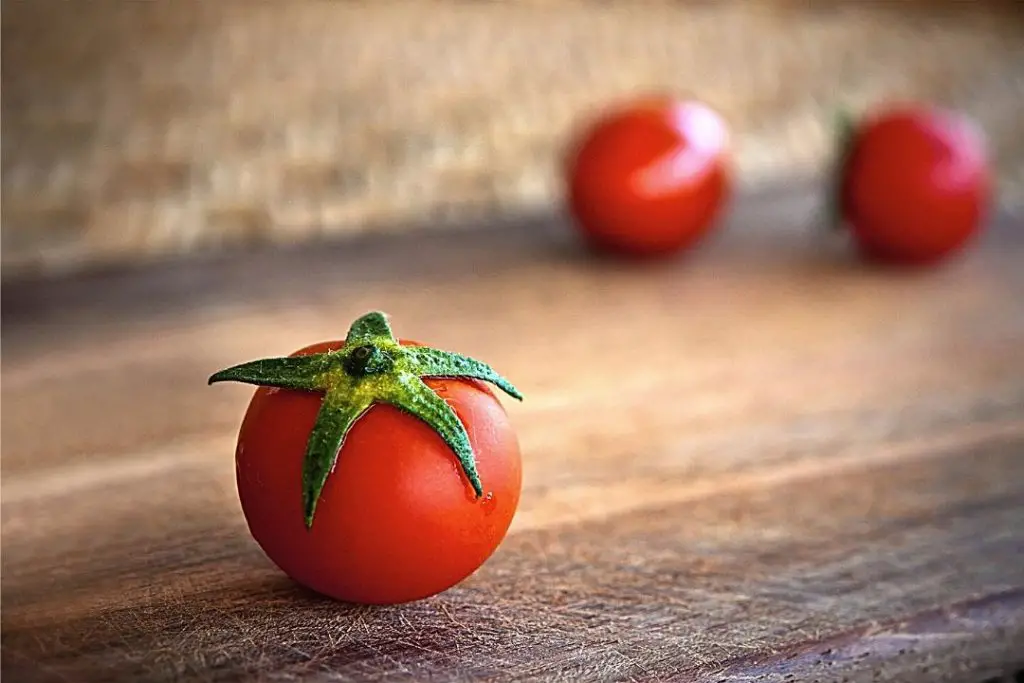
For more articles on what you may need to know about gardening, check out these links:


